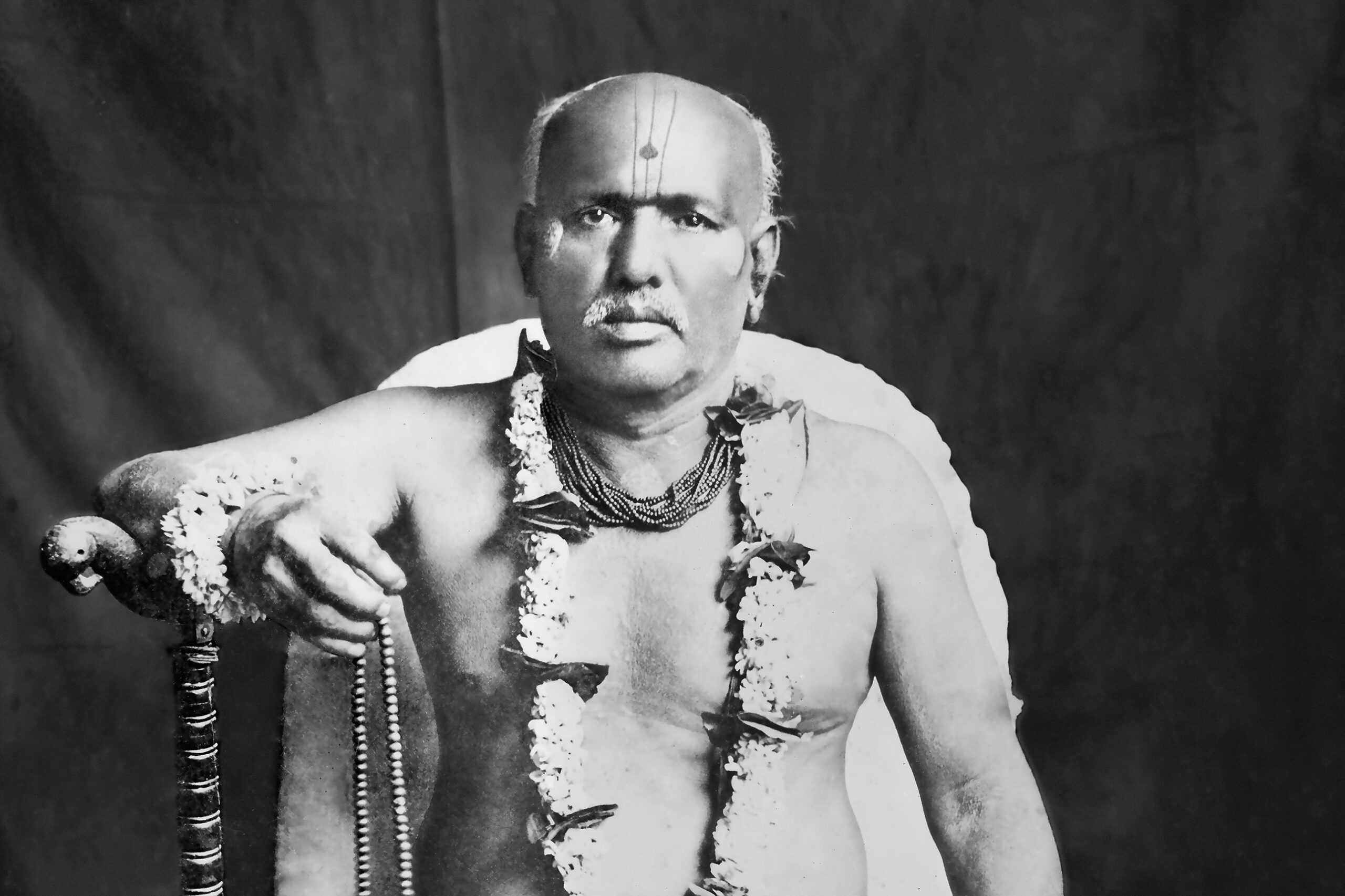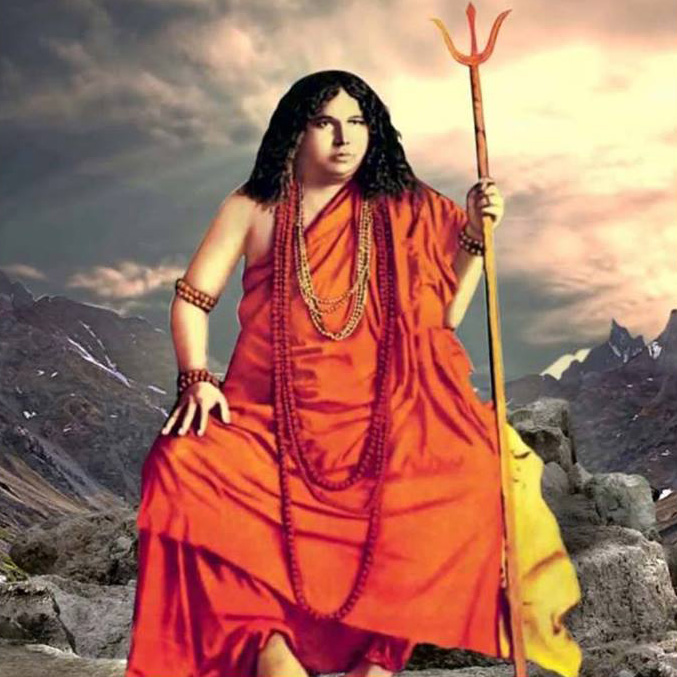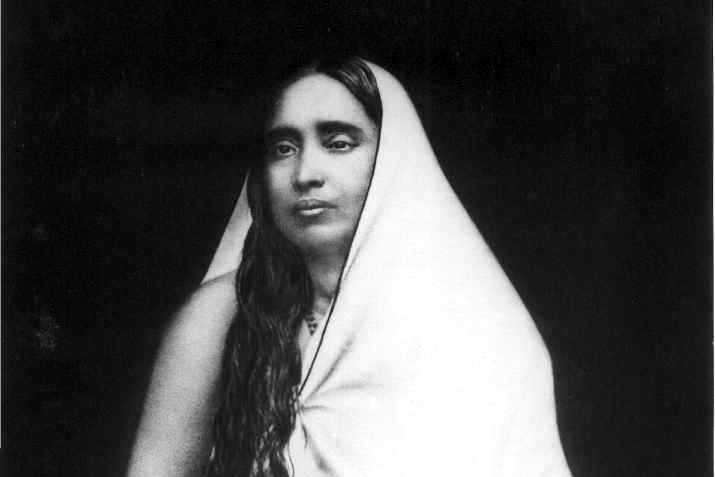
This is not a post about politics or even culture. And while Jai Shri Ram or Jai Siya Ram maybe the more popular greetings employed in normal conversations in North India, the above is the formal Rama Nama Japam that many saints have been initiated into in Hindu history.
After procrastinating for over a year, I was inspired yesterday to start what I hope will at least be an occasional series on Hindu saints, especially the lesser known ones. And so I thought I would begin with one whose samadhi day was yesterday, Dec 22nd: Sri Brahma Chaitanya Gondavalekar Maharaj.
I guess Gondavalekar Maharaj (Feb 19, 1845 – Dec 22, 1913) can be placed squarely in the Maharashtrian Bhakti tradition. Note that the tradition is not limited to the times of Sant Jnaneshwar or Sant Tukaram but continued well into the 20th century and indeed continues today. Sri Rama (or Lord Vithoba) claims who he wants, when he wants.
One of the features of the Maharashtrian tradition that I love is how many of them continued to live a life of a householder even after God realization.
Sant Jnaneshwar, Sant Tukaram, Sant Namdev were all married, as was Nisargadatta Maharaj in modern times and so was Gondavalekar Maharaj. He took his aged mother on pilgrimage to Kashi and Ayodhya. She passed away on his lap in Ayodhya. He even married twice, the first a child marriage at 11. His bride became a yogini in her own right under his guidance and attained samadhi at a young age. Social customs of the time required him to marry once again, plus his guru told him to lead the life of a householder. This time the Master chose a blind girl to be his wife.
As it happens in a saint’s life, there were miracles in his life too. But he preferred to keep them on low key. Instead he had three instructions to his disciples:
- Be regular in worship of God, (sagunopasana),
- Offer food to all (annadana), and
- Chant Rama Nama (nama japa).
Rama Nama is one of the great maha mantras of Hinduism. A powerful boat across the treacherous ocean of samsara.
Adhyatma Ramayana, one of those beautiful texts and wonderful integrates bhakti and jnana, has Anjaneya saying the following to Ravana when he goes in search of Sita, seated opposite to Ravana in the Durbar Hall on a high pedestal:
‘Oh Ravana, I give you a teaching (upadesa) for attaining liberation (moksha). Please listen to me carefully. It is certain that the Self (atma) gets purified by intense devotion to Hari, who is in the lotus of the Heart at all times. The ego gets destroyed and then the sin gets destroyed. Afterwards, in its place, the knowledge of the transcendent Self emerges. With a pure mind and with the bliss (ananda) generated by a firm knowledge of the Self, the two letters ‘Ra’ ‘Ma’ which are like mantras, will repeat themselves within you automatically. What more is required for a person who has this knowledge, however little it might be? Hence worship the lotus feet of Vishnu, which will remove all worldly fears, which are dear to all devotees and which shine as brightly as the light of a crore of Suns. Give up the ignorance of your mind.’
Even more emphatic is the following short work by another Maharashtrian bhakti saint Namdev titled The Philosophy of the Divine Name. Sri Ramana Maharshi first discovered it in 1937 published in a magazine called “Vision” and for the rest of his life he kept a copy of it on a small bookshelf by his bed. He frequently read it out when visitors asked him about the nature and usefulness of Nama Japa
Philosophy of the Divine Name according to Saint Namdev
- The Name permeates the entire universe densely. Who can tell to what depths in the nether regions and to what heights in the heavens It extends? The ignorant fools undergo the eighty-four lakhs (8.4 million) of species of births, not knowing the essence of things. The Name is immortal. Forms are innumerable but Name is all that.
- The Name itself is form and form itself is Name. There is no distinction between Name and form. God became manifest and assumed Name and form. Hence the Name the Vedas have established. Beware there is no Mantram beyond the Name. Those who say otherwise are ignorant fools. Name is Keshava Himself. This is known only to the loving devotee of the Lord.
- The all-pervading nature of the Name can only be understood when one recognizes one’s own ‘I’. When one’s own name is not recognized, it is impossible to get the all-pervading Name. When one knows himself then he finds the Name everywhere.
- None can realize the Name by the practice of knowledge, meditation or austerity. Surrender yourself at first at the feet of the Guru and learn to know who the ‘I’ in you is. After finding the source of that ‘I’ merge your individuality in that Oneness — which is Self-existent and devoid of all duality. It is that Name that permeates the three Worlds. The Name is Para-Brahman itself where there is no action arising out of dvaita (duality)
Again, note the seamless integration of jnana and bhakti.
The link below is a video by Ramana Balachandhran, the son of a close friend. An up and coming carnatic musician and veena player who also has a wonderful voice. He presents a soulful rendering of the Gondavale chant for your enjoyment. Please listen.
PS: As a side note, many Hindu texts mention “84 lakhs species of births” that Sri Namdev mentions above. That’s 8.4 million species, saying that one takes birth as each of them. I am not sure about the exact source or reasoning behind this curious number but the number of species of plants and animals currently known to be in existence is 8.7 million.








































